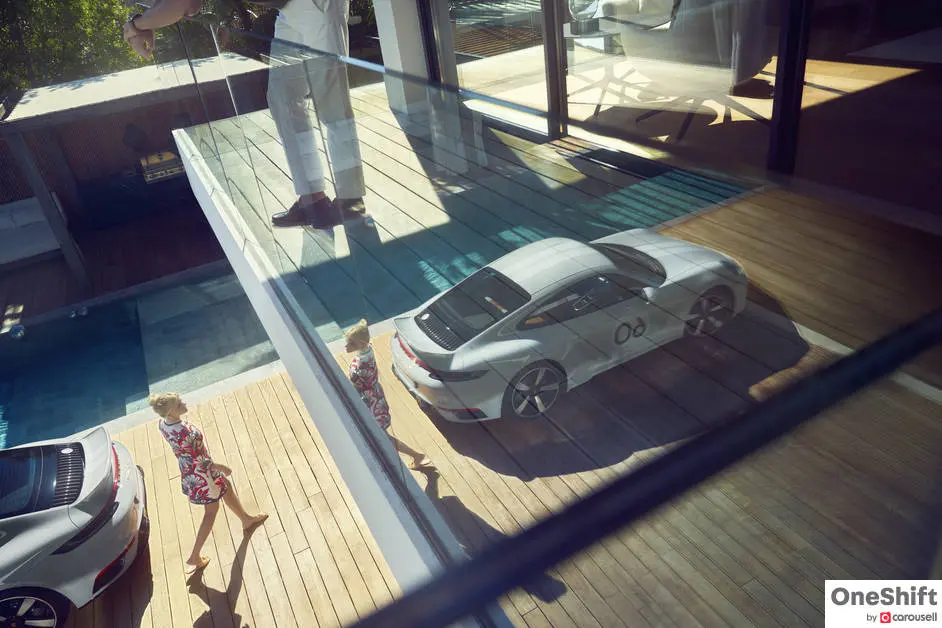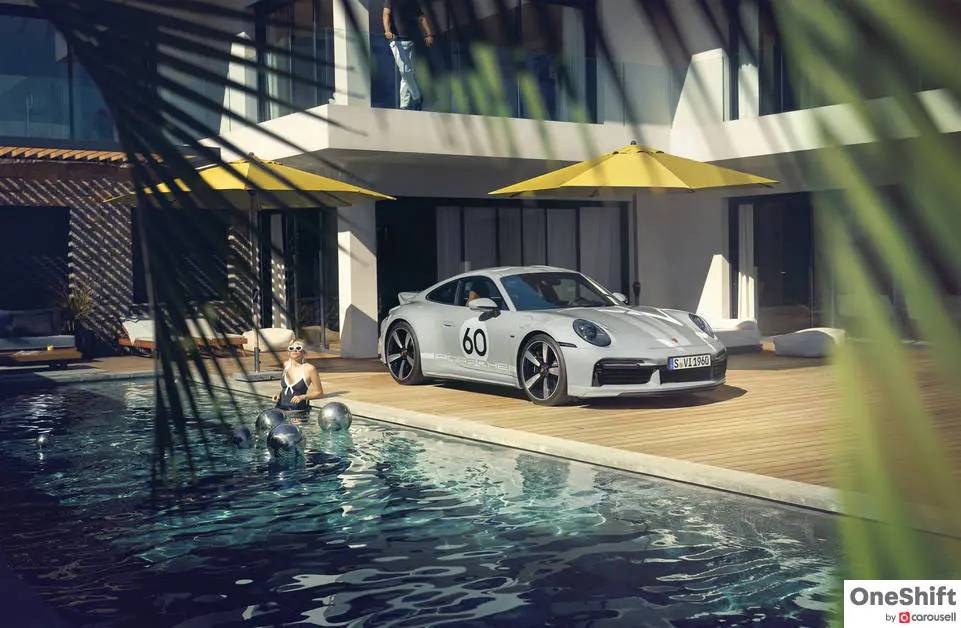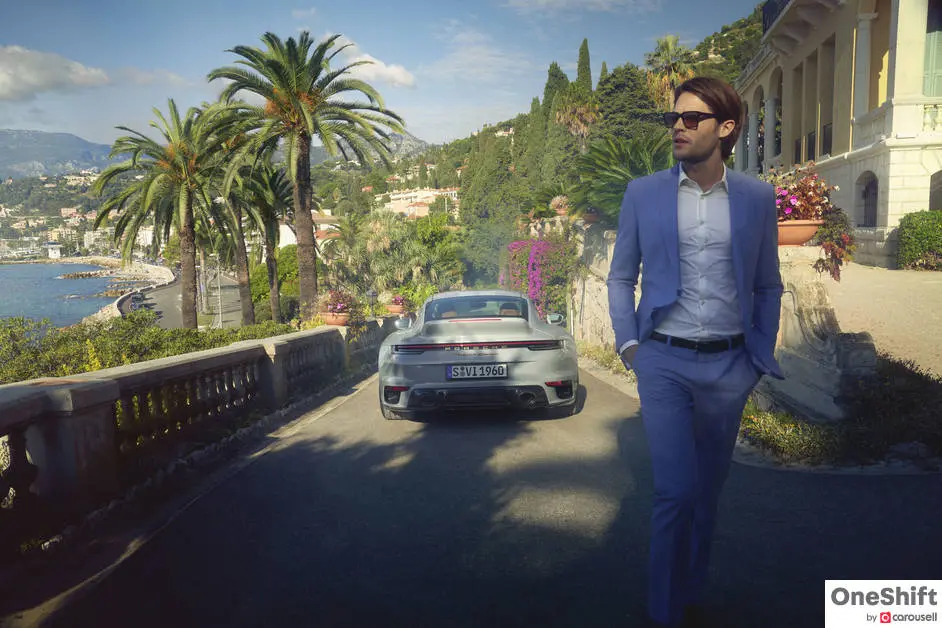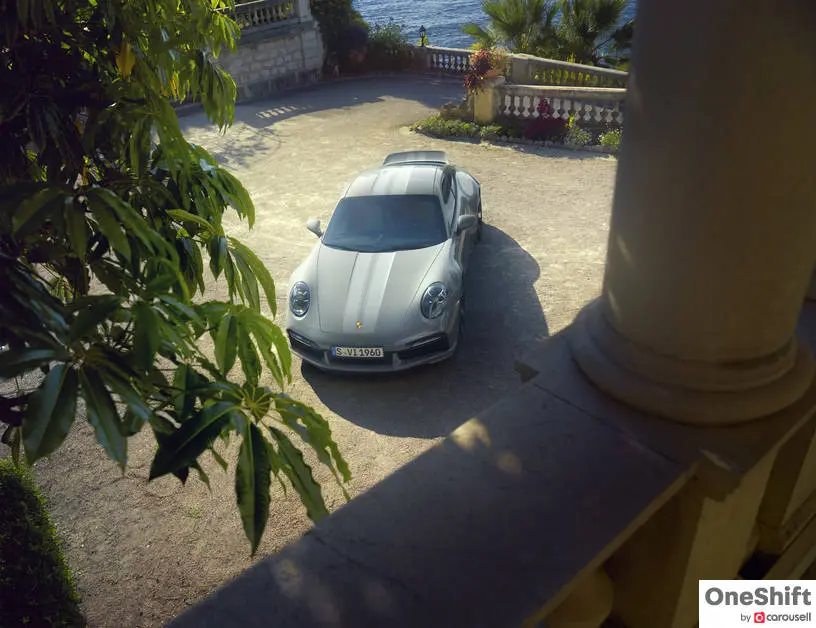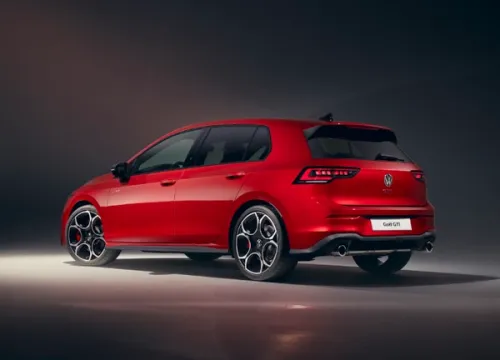Mouthwatering Details of the Porsche 992 Sport Classic
Many consider me an old soul and to be honest, I haven’t really warmed up to the 992 range - until I saw the Sport Classic.







It’s everything I want in a modern 911 with a heritage twist - authentic and carefully judged retro detailing, with legitimate mechanical upgrades that just shows Porsche understands its fan base completely and irrevocably.
Let’s pore through the details and get lost in the brilliance of it all.
A total of 1,250 vehicles will be produced by Porsche Exclusive Manufaktur, nothing more.
Reviving the style of the 1960s and early 1970s, Porsche paid special attention to the original 911 (1964 – 1973) and the 911 Carrera RS 2.7 (1972).
In the interior, the iconic pepita houndstooth pattern can be found on the door panels and seat centres. Pepita was available for the first time as an official option in a Porsche 911 in 1965. The pattern made its first comeback in 2013 as part of the ‘50 years of the 911’ special model launch. The original pepita houndstooth pattern made another one-off appearance inside the ‘911 no. 1,000,000’ – a specially made, unique specimen.
Two-tone, semi-aniline leather upholstery in Black/Classic Cognac provides an elegant contrast with the exterior colour. The 911 Sport Classic is the first vehicle to have this type of leather in the characteristic colour of Classic Cognac: only a very thin layer of paint is applied to protect it, which allows the natural structure of the leather to remain visible and the soft feel to be maintained.
The modern instrument cluster has some heritage details for those in the know. The analogue rev counter features a classic-style needle, while white hands and scale markings provide maximum contrast. The green digits pay tribute to the legendary Porsche 356, while the Sport Classic logo showcases the sports car's modern credentials.
A gold-coloured limited-edition badge with the personalised vehicle number is positioned on the trim panel above the glove compartment, referencing the exclusivity of the 911 Sport Classic.
Furthermore, the front wings bear gold-coloured ‘Porsche Exclusive Manufaktur’ badges, as well as the rear ‘PORSCHE’ lettering and model designation. The extraordinary shine of the lettering is down to the fact that the surface is finished with real gold.
The powertrain concept is equally unique: the 3.7-litre, twin-turbo flat-six engine with VTG twin-turbochargers transmits its 550 PS / 600 Nm (detuned from the 911 Turbo’s 650 PS / 800 Nm) power output to the road via the rear wheels only. Yes, you got that right, it’s rear-wheel drive only.
In combination with the seven-speed manual gearbox, the new 911 Sport Classic is the most powerful manual 911 available today. The gearbox has an auto-blip function that compensates for engine-speed differences between the gears with a brief burst of revs when shifting down.
It definitely is going to be one of the ‘livelier’ 911s to drive.
The suspension with standard Porsche Active Suspension Management (PASM) has its shock absorbers respond to dynamic changes at lightning speed. PASM is combined as standard with the sports suspension, which features a 10-millimetre-lower ride height.
Porsche is tight-lipped about what they may be and they will also be produced in limited numbers. The first model of the series was presented in 2020: the 911 Targa 4S Heritage Design Edition with design elements from the 1950s and 1960s.
As Porsche says, “Grey is never boring; it often makes a statement and it's always very cool." But if you don’t agree, as an alternative to the exclusive Sport Grey Metallic finish, the new 911 Sport Classic is also available in solid Black, Agate Grey Metallic or Gentian Blue Metallic.

Thus far, it’s a feature that is otherwise only reserved for 911 Turbo models. The main difference is that the 911 Sport Classic draws in air exclusively via the opening below the rear wing. The side air intakes have therefore been removed in order to create a unique look.
A Sport Classic speciality, the dynamic recessed profile on the bonnet and double-dome roof are paired with painted double stripes. They are made of carbon-fibre-reinforced plastic (CFRP) to save weight.
A large, fixed spoiler made of CFRP is the defining feature of the rear styling on the 911 Sport Classic. It references the shape of the legendary ‘ducktail’ spoiler of the 911 RS 2.7. The third brake light is integrated into the spoiler.
The 911 Sport Classic sits on 20- and 21-inch centre-lock wheels. The faces of the wide spokes and the rim flange are polished, making them stand out against the black rim base and black sides of the spokes. The wing or clover leaf-style of the design is a reference to the legendary Fuchs rim, one of the most famous Porsche wheels. Porsche and Otto Fuchs KG presented the first forged light-alloy wheel for the 911 S in 1967.
The Porsche crest is almost identical to the historic crest of 1963. Outside the vehicle, it makes an appearance on the bonnet and on the wheel hub covers.
The vibrant red-orange colour is characteristic of this crest, which dates from the time of the original 911 (1963 – 1973). Wide, gold lettering spells out ‘Porsche’, while ‘Stuttgart’ is embossed on a recessed background. The horse is particularly powerful-looking, with a prominent shoulder joint and a sweeping tail.
That is if you can even get one. A small number of cars have been earmarked for the Singapore market, scheduled to arrive by 2023. The price of the Sport Classic in Singapore is SGD1,234,488 without COE.
Credits:


Get the Best Price for your used car
from 500+ dealers in 24 hours

- Convenient and Hassle-Free
- Consumer Protection
Transparent Process
With No Obligation
